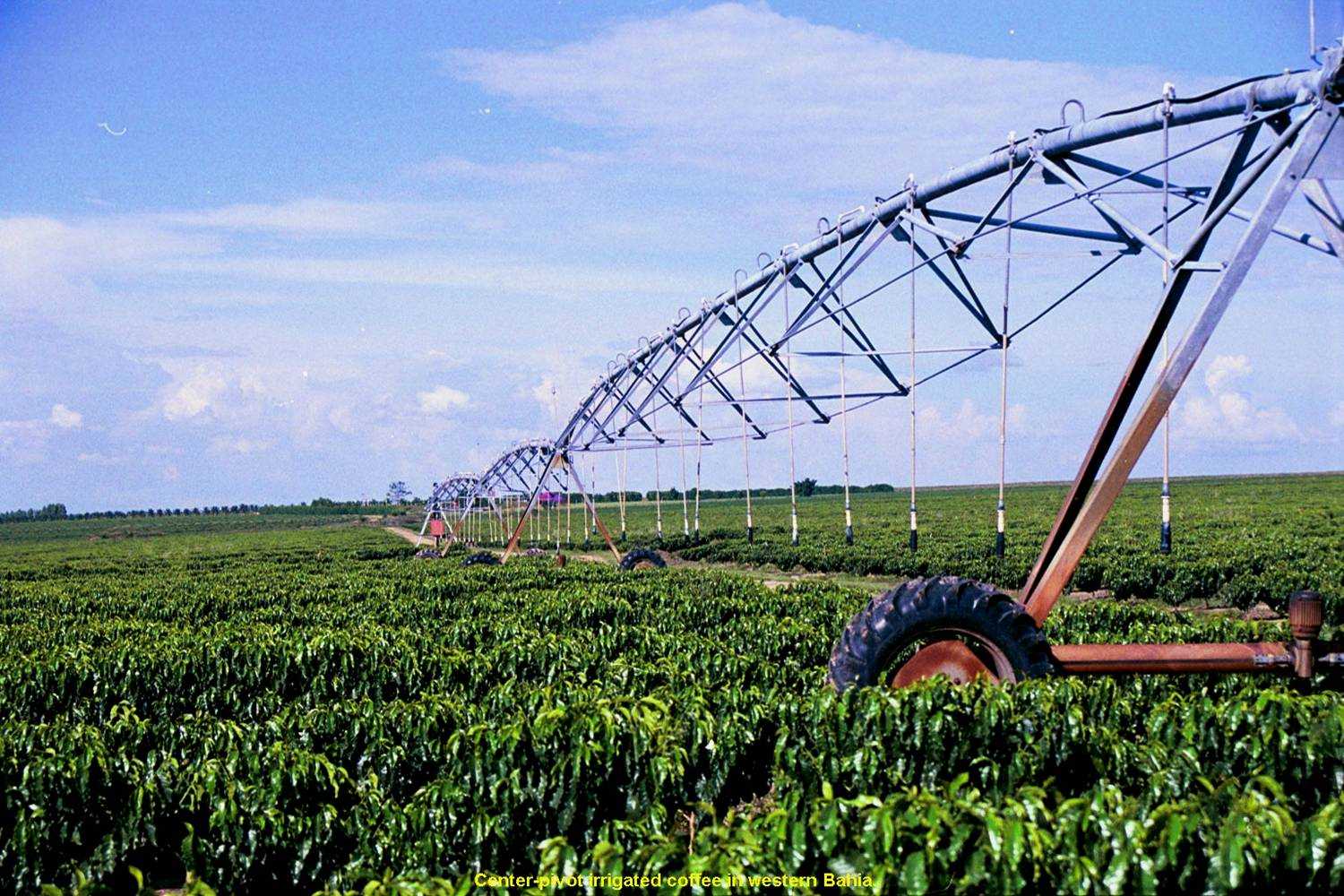SAO PAULO, Brazil – It rained in many coffee-producing regions in Brazil in the first fortnight of October; however, volumes were low, which is warning farmers, says CEPEA in its latest report. In general, precipitation brought some relief to Brazilian coffee farmers – since high temperatures were affecting both the physiological conditions of trees and part of the flowers –, but higher rains are crucial to offset the water deficit and improve crops’ current conditions.
Arabica coffee farmers have been attentive to both crops, which are debilitated, and the delay of a larger flowering in almost all producing-regions. Until October 15th, flowering had been sporadic in Minas Gerais and in Franca (SP) – it is worth to mention that these first flowers may drop if it does not rain significantly. In Garça (SP), coffee farmers have been the most concerned, since flowering was larger and, thus, the lack of rains may affect next season’s production.
In the 2021/22 season, the arabica output should be smaller, due to the negative biennial cycle of crops and higher pruning. However, it is still early to estimate possible crop failures for next year.
As regards robusta, in Espírito Santo (ES), although crops are slightly debilitated, settlement of the flowers that opened in the last months was successful, favored by sporadic rains and, primarily, crops irrigation.
Now, farmers from ES fear that irregular rains until the end of the year may hamper fruitlet settlement and beans filling. In Rondônia (RO), agents are focused on the settlement of both the flowers that opened in the past weeks and the fruitlets already formed, expecting rains.
Market in October
With agents focused on the weather, the Brazilian coffee market was calm in the first fortnight of October. Liquidity was higher in the market of robusta coffee than in that of arabica, due to higher demand, reports CEPEA. However, most sellers continued away from the market.
Arabica prices remained stable between September 30 and October 15, influenced by the lack of sellers in the market and international valuations. On Oct. 15, the CEPEA / ESALQ Index for arabica coffee (delivered to São Paulo city) closed at 540.51 BRL (96.31 USD) per 60-kilo bag, a slight 0.1% down in the fortnight. For robusta, the CEPEA / ESALQ Index for the robusta type 6, screen 13, Espírito Santo State, closed at 398.92 BRL (71.08 USD) per 60-kilo bag, a slight 0.65% up.
Exports
Brazilian coffee exports increased in September, hitting a new record for the month, according to data from Cecafé (Coffee Exporters Council). Last month, Brazil shipped 3.8 million bags (60 kilos each) of coffee, considering green, soluble and roasted coffee, 8% more than that in August.
As for green beans (arabica and robusta), exports increased by 9.6% between August and September, totaling 3.5 million bags last month. According to Cecafé, this increase is linked to the entry of the 2020/21 crop into the international market. In the first three months of the 2020/21 crop, Brazil exported 10.5 million bags of coffee, the best performance for this period of the season, considering all the series of Cecafé, concludes CEPEA.


















